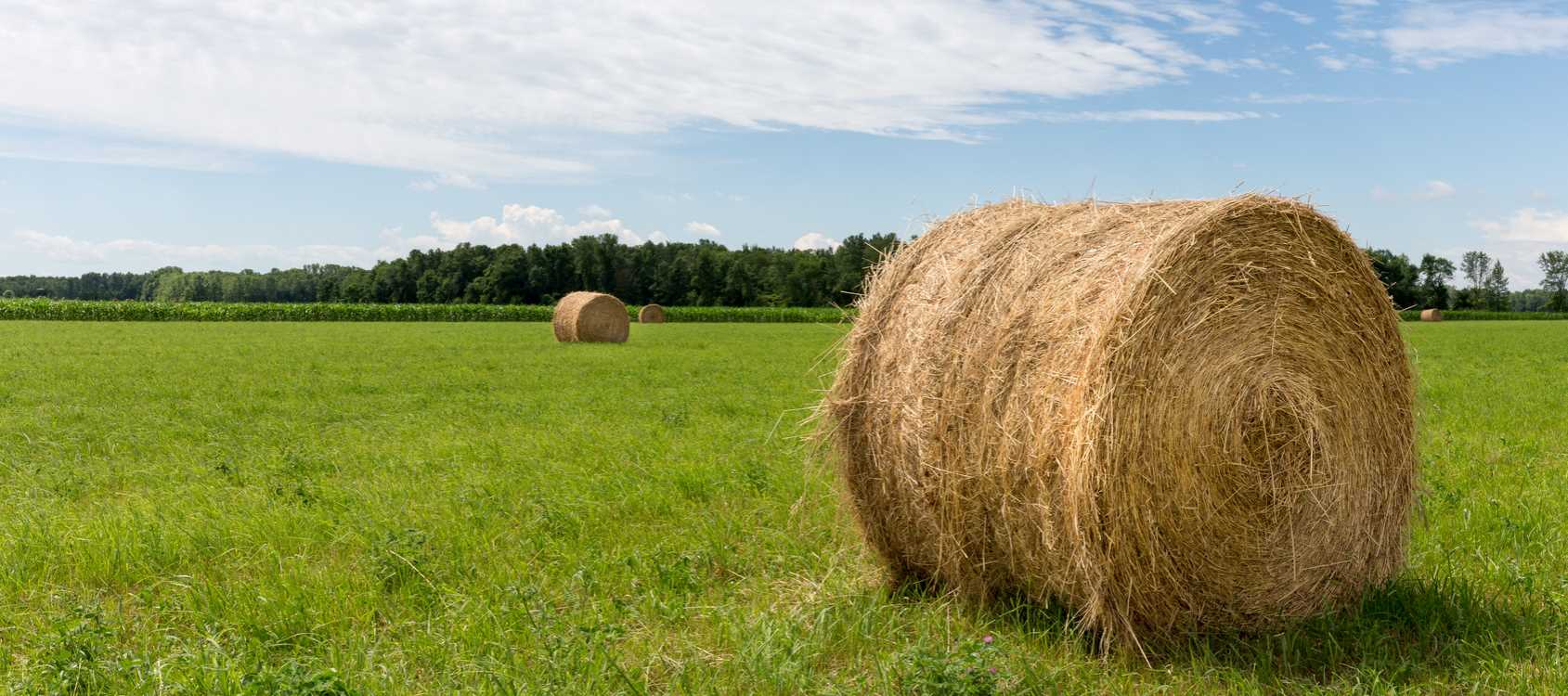Impact of Quality Hay On Cattle Prices

Another hay season is coming to an end and winter is right around the corner. Whether you are feeding cows or feeders, feeding quality hay is important and having enough to last is vital. With the drought this summer, many farmers don’t have enough hay and some had to start feeding hay already.
Hay is one of the most common sources of stored feed for livestock. A common belief is that cows can simply eat more low-quality forage to meet their energy demands, but research suggests harvesting and feeding higher quality forage may prevent several conditions altogether and improve your cattle prices.
Forage quality is measured by six main components:
- Palatability
- Intake
- Digestibility
- Nutrient Content
- Anti-Quality Factors
- Animal Performance
When to Cut
As forage matures in the field and gets a higher stem-to-leaf ratio, fiber content increases and the percentages of protein and energy decrease. Likewise, digestibility and feed intake also decrease, equating to a decrease in quality and quantity.
Early cut hay forage is more nutritious than late cut hay forage and it’s all about finding that sweet spot between cutting length and forage quality. Visual appraisal of forage can be useful in assessing its quality. Proper curing during the haymaking process can be assessed by the color of the hay.
Hay Storage
Successful hay storage will also greatly affect hay quality. Since forage is at its highest quality when it’s cut, it is best to bale it as soon as possible. It is recommended that you run rows inline north to south especially if you’re using plastic wrap. If you run east to west, the south side of the bales will see the sun for most of the day and the plastic will degrade.
For dry hay, a shed is ideal because you can build up the floor with gravel for good drainage, so the entire haystack is kept dry. Also, keep in mind that long storage time reduces nutritional levels of protein and vitamin A. So, you should always stack bales so that the oldest will be used first.
Regardless of the forage type, quality hay production takes special attention to detail and constant management. Whether you are setting hay quality goals based on your livestock’s production purpose or calculating feed efficiency, the most important result is a happy, healthy cow and the potential for improved cattle prices and profitability at the livestock auction.
